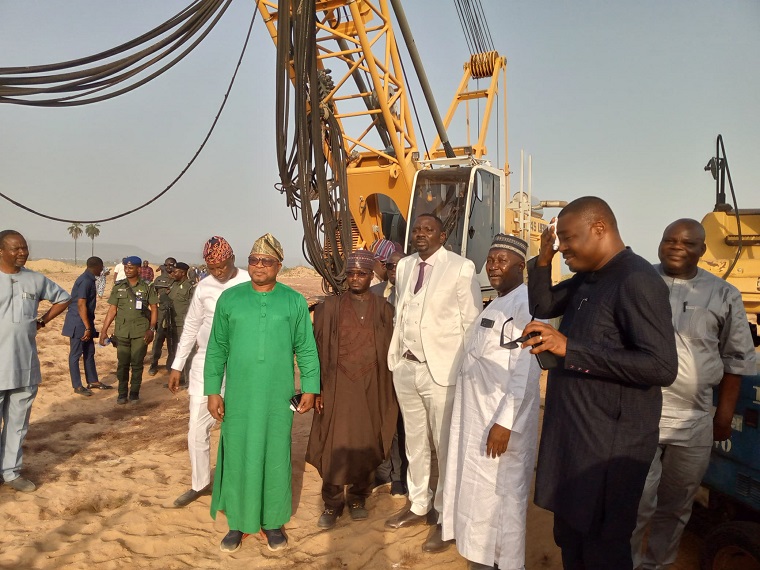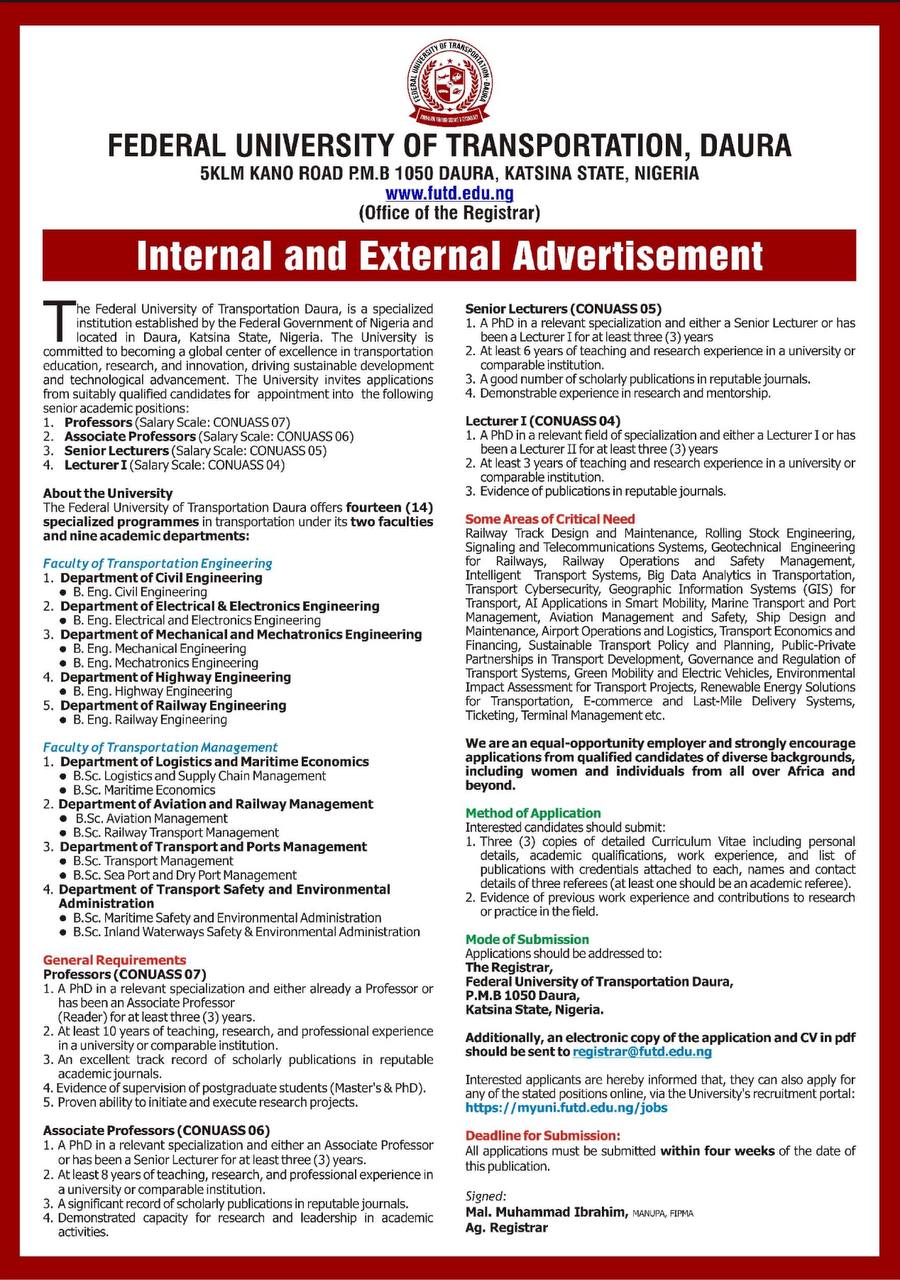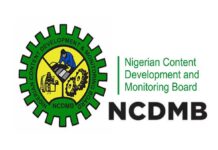The Managing Director, National Inland Waterways Authority (NIWA), Mr. Bola Oyebanji, has identified human errors, drugs and disobedience to rules and regulations guiding water transportation as the major causes of boat mishaps in the country.
Oyebanji who disclosed this while fielding questions from the members House Representatives Committee on NIWA who were on oversight function to the headquarters of the Authority in Lokoja on Wednesday, stated that the NIWA was committed to the safety of Nigerians using water transportation.
The Managing Director explained that 99 percent of the mishaps on the waterways were a result of human errors, noting that research has shown that the operators are committing avoidable mistakes.
He stated that some of the operators depend on drugs to influence their activities to make them high and eventually make unpardonable mistakes.
Oyabanji added that some operators are repugnant to following rules and regulations.
He observed that the Transportation code requires revalidation because the operators have not been adhering to the code that was signed recently, adding that the Regulation code only provided N30,000 as penalty for the offenders.
The Chairman of the House Committee on NIWA , Mr. Ojema Ojotu who lead other seven members to Lokoja explained that the inland waterways are an integral part of Nigeria’s transportation framework, offering immense potential for enhancing connectivity, reducing road congestion, and stimulating economic growth.
“As representatives of the people, it is our duty to ensure that this potential is harnessed effectively for the benefit of all Nigerians.
“This visit provides us with the platform to scrutinize ‘critical areas such as operational efficiency, safety on our waterways, infrastructure development, and the overall management of resources allocated to NIWA.
“We recognize the unique challenges associated with managing waterways, including the recurring issues of boat mishaps, flooding in vulnerable regions along the waterways, and the demand for modernized infrastructure such as inland ports and navigable channels. As we deliberate today, it is imperative to consider how these challenges can be addressed to enhance safety, efficiency, and economic viability”.













